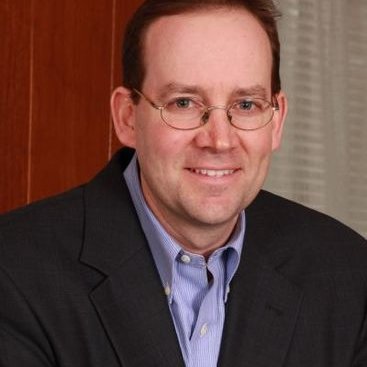By Kevin Theissen
As coronavirus restrictions ease and businesses reopen, the American economy should gain steam. Data released in May and June, including employment, payroll, and manufacturing numbers, suggested the economy may have hit bottom in April.
The stock market, which reflects what investors think will happen in the future, appears confident the economy will recover relatively quickly. After dropping 1,000 points in late February and early March, the Standard & Poor’s 500 Index bounced back and has moved higher. The swing higher included the Index’s biggest 50-day rally in history, a gain of over 37%.
The bond market also signaled expectations for economic improvement. Bond yields have been very low in 2020, in part because the Fed funds target rate is near zero. In May and early June, bond yields began to move higher.
It’s difficult to know whether investors are being too optimistic or not optimistic enough because this recovery has a complicating factor: Covid-19. Even though people are returning to work, the virus has not disappeared, a vaccine has yet to be invented, and there is no known cure for the disease. As a result, the economy may continue to experience volatility.
Demand and consumer spending are likely to accelerate slowly.
For the economy to recover steadily, we need businesses to reopen and consumers to spend the way they did before the pandemic. Three factors may inhibit consumer spending as the economy reopens: Covid-19 caution, high unemployment, and higher savings rates.
Covid-19 caution
A May survey found more than half of Americans are eager to get haircuts and indulge in other personal services. More than 40% plan to begin shopping in retail stores again. However, the majority do not plan to patronize movie theaters, sporting events, or hotels; engage in air travel; or use public transportation for at least three months, according to S&P Global Market Intelligence. It’s possible that won’t change until we have a vaccine, an effective treatment, or a cure.
High unemployment
A second factor affecting demand is unemployment. People who are unemployed, typically, spend less than they might have if they were employed.
The May Employment Situation Report indicated U3, which is the official unemployment rate in the United States, was approximately 13%. The U6 rate, which includes discouraged workers and part-time workers, was approximately 21%.
Congress anticipated unemployment would increase and passed the CARES Act, which makes larger-than-normal unemployment benefits available to out-of-work Americans for a limited period of time. However, it has been reported that a large portion of authorized unemployment benefits have yet to be distributed because state unemployment systems have been overwhelmed. More than 40 million people filed for unemployment.
As the economy reopens and people return to work, spending may increase.
Rising savings rates
The coronavirus crisis communicated the importance of emergency savings in a way few events could have. Americans appear to have received the message. It’s possible the savings uptick was due to coronavirus restrictions and a dearth of spending opportunities. It’s also possible Americans have decided to begin saving more.
The alphabet soup of economic recovery
Analysts have suggested we could see a V-, U-, W-, L-, or swoosh-shaped economic recovery. The letter refers to the shape of a chart showing gross domestic product (GDP), a broad measure of economic growth.
It’s impossible to know exactly what the future holds. Too many parts are in motion for anyone to make predictions with certainty. The shape of our economic recovery depends on Covid-19 and medical innovation. If the virus disappears in warmer weather, we may see an upward swing as colder weather settles in and possibly bring a second wave of infection. This could lead to a slower economic recovery.
Until the world has access to vaccines that reduce infections and therapies that reduce fatality rates, life may not return to ‘normal.’ Recovery may take time. No matter how rapidly the economy recovers, our world is likely to be greatly changed.
Kevin Theissen is the owner of HWC Financial in Ludlow.




